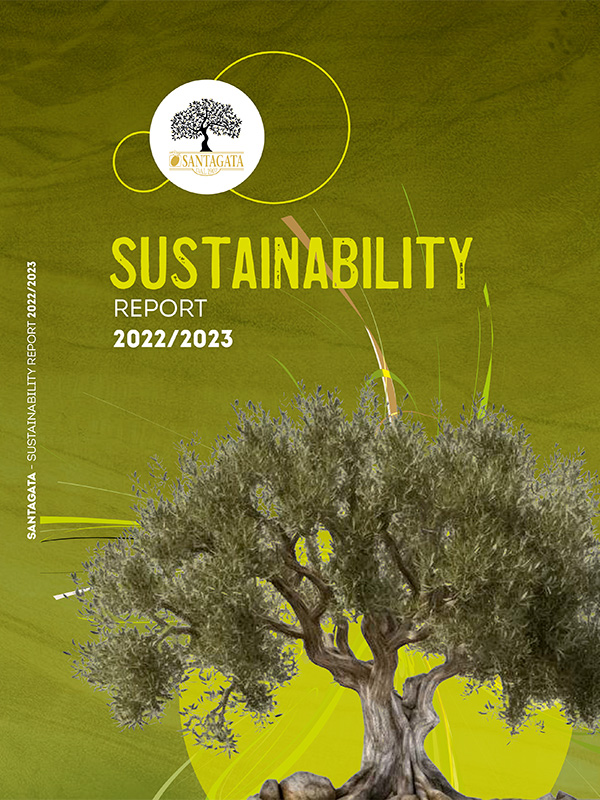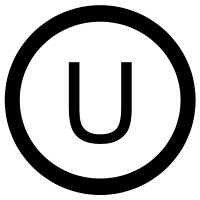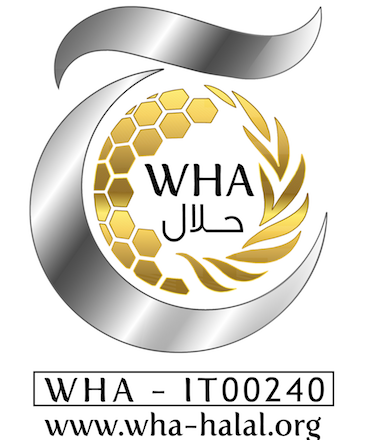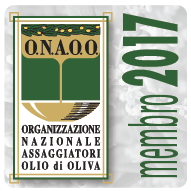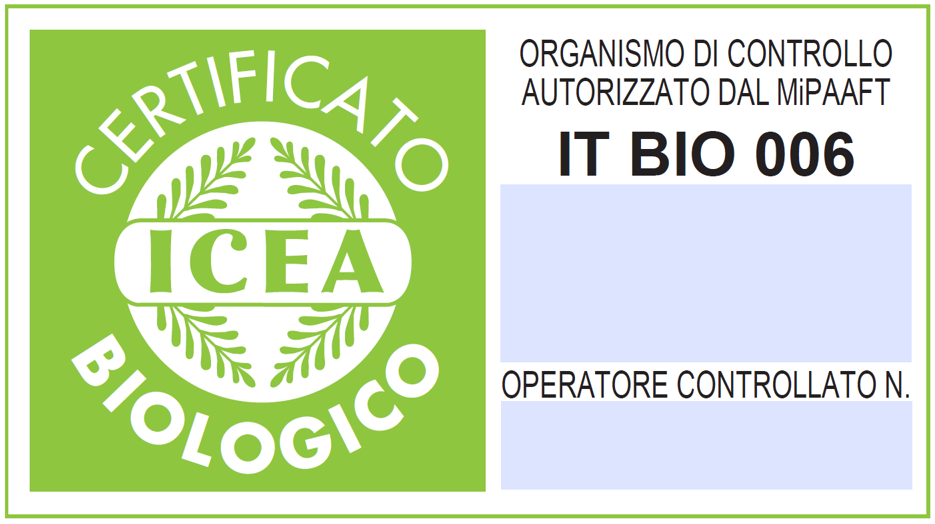
Organisation model
Santagata chose to adopt and Organisation, Management and Control Model ex Legislative Decree dated 8 June 2001, no. 231, which regulates the “corporate liability for administrative violations deriving from criminal offences”.
The purpose of the Decree is to determine forms of liability for particular types of offenses: companies can be declared responsible for attempted or perpetrated crimes, often in the interest or for the benefit of the companies themselves, by subjects with directorship roles (the so-called “top-level subjects”) or persons who are subjected to the management or control of the top-level subjects (art. 5, comma 1, Legislative Decree no. 231/01).
Entities’ administrative liability is independent from the criminal liability of the natural person who perpetrated the offence and is a complement of the latter.
The Decree innovates the judicial system by imposing to the Entities, in a direct and independent way, both pecuniary and interdicting sanctions in relation to violations attributed to subjects who are operationally connected to the company as mentioned above.
Nevertheless, the company’s administrative liability, tertium genus combining the essential features of the criminal justice system and the administrative one, is excluded, among other reasons, in case the company adopted and effectively implemented, before the commission of the offence, a model of organisation, management and control suitable for preventing such offences: hence Santagata’s decision to enact one, as a guarantee for the company and its stakeholders.
The Decree states that the organisation and management model can be adopted on the basis of codes of conduct drafted by the Associations representing the Entities. In this regard Confindustria (the main association for manufacturing and service companies in Italy) drew up the Guidelines for the creation of organisation, management and control models. They are methodological criteria to identify the risk areas (sector/activities within which illicit conduct can occur), outline a control system (the so-called protocols for training schedules and implementation of the entity’s decisions) and draw the organisation, management and control model.
In accordance with these Guidelines, Santagata has applied risk assessment and risk management processes apt to identify the risks connected to the business and to adopt some general tools, such as the Code of Conduct and a disciplinary system.
Furthermore, in deference to the regulations, Santagata appointed a Supervisory Board aimed at monitoring the functioning, compliance and upgrade of the Model. The Board, with independent power of initiative and control, follows Confindustria’s Guidelines, resulting in an autonomous, independent, professional and coherent board. By setting an expenditure budget for the Board, its autonomous power of initiative, intervention and control extends to all sectors and roles of the company, with the purpose of efficiently and rapidly executing the tasks required by the Model and by its implementation rules. One of them is the inspection and supervising activity intended to ensure the effectiveness and respect of the Model itself.
To complement its corporate compliance project, started in 2018 with the implementation of the Data Protection Policy, Santagata adopted and handed out to all employees and partners a Code of Conduct designed to crystallize the procedures as well as the correct and diligent practice underlying the company’s activity.


